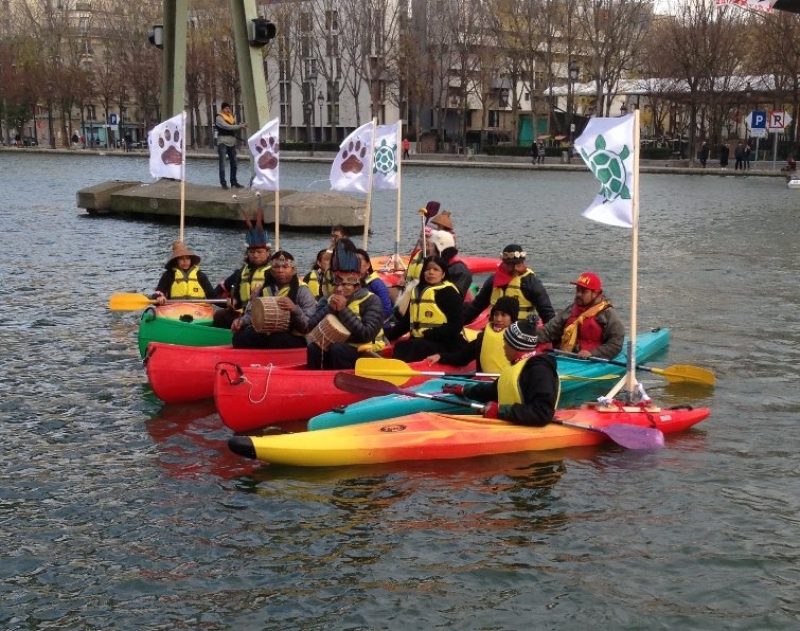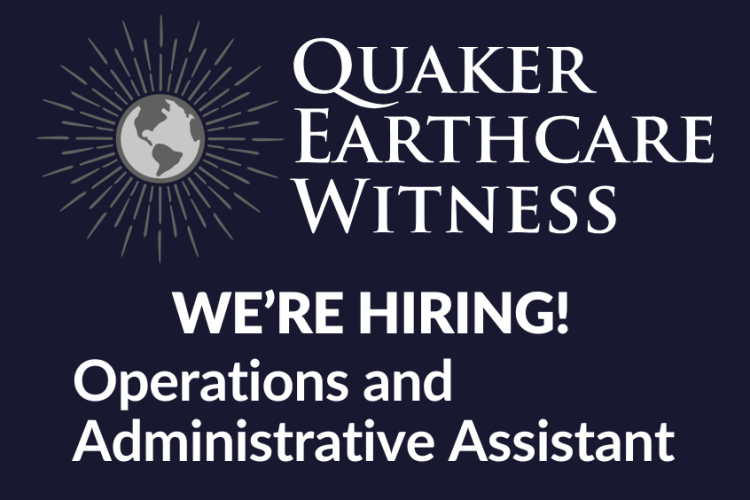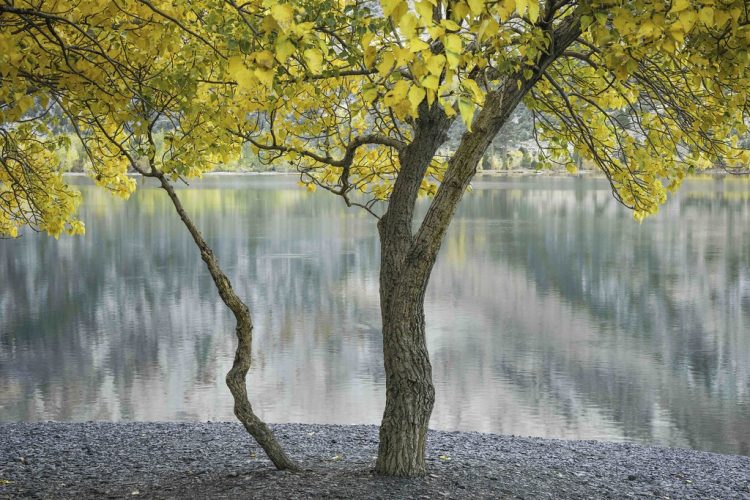Paddle to the Future

By Shelley Tanenbaum, QEW General Secretary.
You’ve probably heard that saying, “Up a creek without a paddle.” Just a few years ago, when it came to climate change, we were all up a dead-end creek in a leaky little boat without a paddle. Post-Paris and the “historic” Agreement, where are we now?
We have plugged the leaks in our little boat
Within the last few years, dramatic changes have been happening, giving some hope that we will pull through. These changes have included technological innovations, shifting economics, and the growing social will to DO something. Some changes that give me hope (pre-Paris) include:
- Renewable energy technology is now cheaper to use than fossil fuels and faster to implement than new nuclear power plants.
- Divesting from fossil fuels has moved the term “stranded assets” from lunacy to reality within at least the vanguard of investors (“stranded assets” are holdings that have dramatically lost their
value). - Civil society support for action on climate change is an awakening giant, stretching from the 2014 People’s March in New York City, to local resistance to fossil fuel expansion (sometimes referred to as Blockadia), to transition towns.
- States and provinces are not waiting for federal government actions. For example, California and New York have statewide plans and policies to shift to renewables by 2050; British Columbia has instituted a carbon fee; Alberta (!) has increased their carbon fee.
- Cities throughout the world (including Burlington, VT; Dardesheim, Germany; and Dharnai, India) are shifting to renewables now.
- Obama’s Clean Power Plan, CAFE standards for fuel efficiency in cars, and other regulations are enough to comply with the US Paris commitment; the new Trudeau government played an important role in supporting the Paris agreement whereas the former government was antagonistic to climate change policies.
One of the biggest outcomes from the Conference of the Parties (COP) in Paris was a goal of lowering global temperature from less than 2 degrees C to 1.5 degrees C. Island nations were adamantly in support of this shift, knowing their survival depends on it. Let me put this in perspective: If we persist in business as usual (BAU) and follow the trajectories of carbon emissions, population, and economic growth as they exist today, we are on a path to at least 4-5 degrees C global temperature increase. The temperature increase is averaged over the globe, but increases of 8-9 degrees C at the poles and in the driest part of the world would be common. There would be enormous amounts of melting ice at the poles and in the mountains, radically changing climate everywhere, essentially resulting in climate chaos.
We have a paddle
The Paris agreement included pledges to reduce carbon emissions—called the Intended Nationally Determined Contributions (INDCs)—from nearly all of the 195 countries that were present. These are voluntary pledges, as the agreement is not legally binding thanks to the US Congress (the entire agreement was crafted to avoid requiring approval from the US Congress, or it would go the way of the Kyoto Protocol and lose the support of the world’s largest historic emitter). Unfortunately, the 2015 INDC pledges have us on a track to increase global temperatures 3-3.5 degrees C. That is better than BAU, but not good enough.
We have made our way into clear water with our little boat and our paddle
There is consensus among scientists that we have to limit global temperature rise to 2 degrees C to avoid global catastrophe. What we got in Paris is a global commitment to limiting temperature rise to 1.5 degrees C, a goal that comes closer to preserving some of the island and low-lying nations.
The shift to 1.5 degrees C should be applauded and celebrated, recognizing the importance of advocacy from island and low-lying nations and their allies in indigenous communities and civil society. However, these numbers represent a range of impacts rather than a threshold. We are seeing devastating effects of climate change now, with our current 0.85 degrees of global warming. There will be more to come, even if we actually achieve the aspirational goal of 1.5 degrees C.
Is the Paris Agreement a success or a failure? It is a huge success for 195 countries to agree that we have to do something significant about climate change, we have to aim for limiting temperature rise to 1.5 degrees, and we have to agree to strengthen our commitment every five years. It’s the best step forward we’ve had so far. To have non-legally binding INDCs that only get us halfway to our goal (if that) and to barely mention climate justice and indigenous rights (only in the preamble) is a huge failure.
Until Paris, policies and programs that were on the forefront of climate change action set goals that at best took us to eliminating most anthropogenic carbon emissions by 2050, which is what we thought we needed to do to limit temperature rise to 2 degrees C. If we are aiming for 1.5 degrees, the pace needs to quicken with a goal of no more anthropogenic carbon emission (except for breathing) by 2025; otherwise, a significant amount of carbon capture and storage will be needed as well.
We have a small boat, a paddle and we are floating in clear water:
we need a fleet sailing across the ocean
How do we get anywhere near limiting global warming to 1.5 degrees? Not by going it alone in a little boat. One of the things I learned from my COP experience came from many off-site actions. I spent one afternoon with indigenous women, talking about how their experience as mothers led them to take action for future generations, how their knowledge of a sense of place led them to live in right relationship with nature, and how their spirituality gives them the strength to do this work.
I watched indigenous peoples from the Americas kayak down the Seine to bring attention to their resistance to REDD (Reducing Emissions from Deforestation and Degradation) and their reliance on Pachamama (a spiritual connection to Mother Earth). I met a range of brilliant and courageous activists such as radical nuns advocating for sustainability, climate justice activists from historically black colleges and universities, and a native Californian who owns a shop five blocks from my house who organizes direct action.
It is going to take all of us to achieve the 1.5 degree goal: those on the frontlines, those in the backrooms, and everywhere in between. We will need to be part of a fleet of sailing ships rather than a single leaky boat.
What are we to do? Acting alone is not feasible nor enough. Individual actions to lower our carbon footprints are admirable and necessary, but only go so far as a way to move our little boats. The changes that need to happen are both personal and institutional. We could be transforming our electric grid to renewable energy, enhancing our public transportation (Metro and long distance), and converting to electric cars. No one can do this acting on their own or by waiting until they are carbon-emission free before urging others to act.
Second, we need to join coalitions that share our concerns—groups of faith, human rights, climate justice, peace. These are interlinked concerns. Let us see how we can be mutually supportive of each other.

